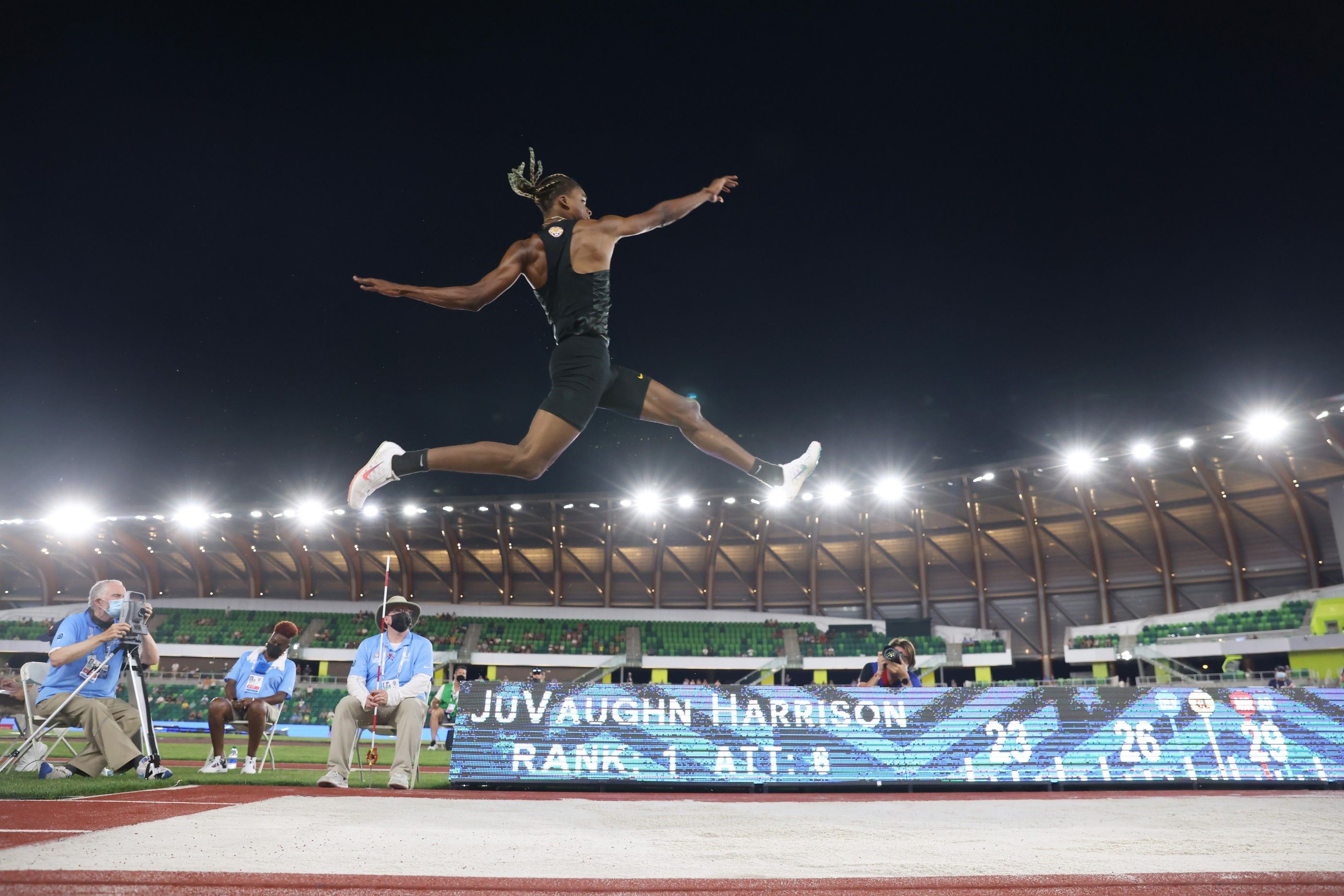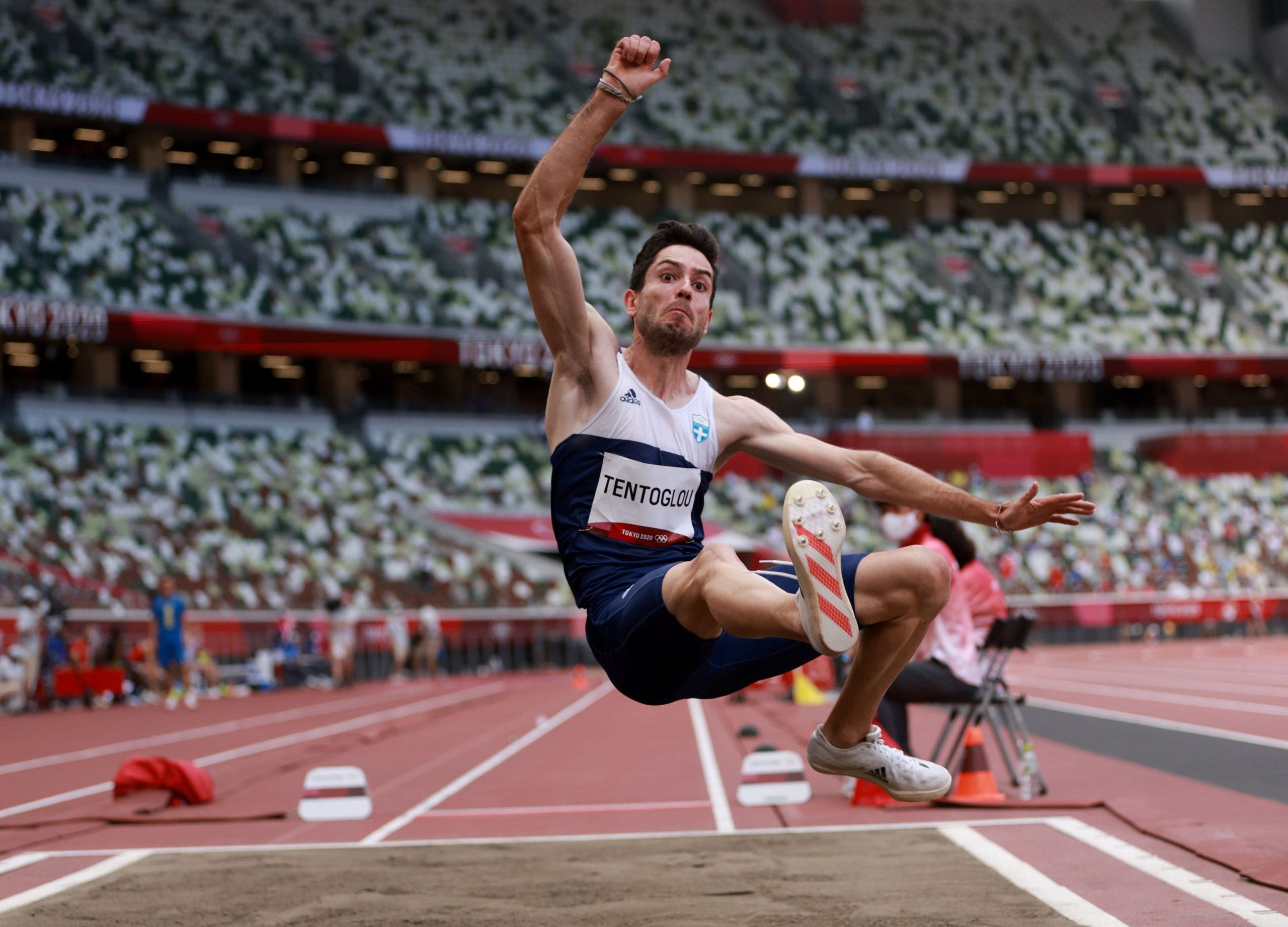The Long Jump at the Summer Olympics

The long jump is a track and field event that has been a part of the Summer Olympics since the inaugural Games in 1896. The event has evolved significantly over the years, with athletes constantly pushing the boundaries of human performance. From the early days of the event to the modern era, the long jump has been a source of excitement and awe for spectators worldwide.
History of the Long Jump at the Summer Olympics
The long jump has a rich history dating back to ancient Greece, where it was known as the “halma.” The event was first included in the modern Olympic Games in 1896, and it has been a staple of the Summer Olympics ever since. Early long jumpers used a variety of techniques, including the “running leap” and the “standing jump.” However, the “running leap” quickly became the dominant technique, as it allowed athletes to generate more speed and distance.
One of the most notable early long jumpers was Peter O’Connor of Ireland, who won the gold medal at the 1896 Olympics with a jump of 6.35 meters. O’Connor’s jump was a world record at the time, and it remained the Olympic record for 16 years.
The long jump event has seen many significant developments over the years, including the introduction of the “Fosbury Flop” technique in the 1960s. The Fosbury Flop, named after its inventor Dick Fosbury, is a technique that involves the athlete jumping over the bar with their back facing the direction of the jump. This technique allows athletes to achieve greater heights and distances, and it has become the dominant technique in the long jump event.
Rules and Regulations
The rules and regulations of the long jump event are designed to ensure fairness and consistency. Athletes are allowed three attempts to achieve their best distance, and the longest jump is recorded as their final score.
Qualifying Standards
Athletes must meet certain qualifying standards in order to compete in the long jump event at the Summer Olympics. The qualifying standards are set by the International Olympic Committee (IOC) and are subject to change from one Games to the next.
Scoring System
The scoring system for the long jump event is based on the distance of the athlete’s jump. The athlete with the longest jump is awarded the gold medal, followed by the athlete with the second-longest jump, and so on.
Long Jump Techniques
There are several different techniques used in long jumping, each with its own advantages and disadvantages.
The Fosbury Flop
The Fosbury Flop is a technique that involves the athlete jumping over the bar with their back facing the direction of the jump. This technique was invented by Dick Fosbury in the 1960s, and it quickly became the dominant technique in the long jump event. The Fosbury Flop allows athletes to achieve greater heights and distances, as it allows them to clear the bar with a lower center of gravity.
The Traditional Running Approach
The traditional running approach is a technique that involves the athlete running towards the take-off board with a series of strides. The athlete then takes a final long stride and jumps into the pit. This technique is still used by some athletes, but it is not as common as the Fosbury Flop.
The Long Jump Schedule: Athletics At The Summer Olympics – Long Jump Schedule

The long jump schedule at the Summer Olympics is a crucial aspect of the event, determining the flow of competition and the athletes’ opportunities to showcase their skills. The schedule is meticulously crafted, taking into account various factors to ensure a fair and engaging competition.
The Long Jump Schedule at the Upcoming Summer Olympics, Athletics at the summer olympics – long jump schedule
The long jump schedule for the upcoming Summer Olympics will likely follow a similar pattern to previous editions. The competition will consist of two rounds: qualifying and finals.
| Date | Time | Round | Qualifying Standards |
|---|---|---|---|
| [Date] | [Time] | Qualifying | [Standard] |
| [Date] | [Time] | Finals | N/A |
Long Jump Schedule Comparisons Across Summer Olympics
The long jump schedule has undergone subtle changes over the years, primarily driven by the increasing number of athletes participating and the need to accommodate the event within the overall Olympic program. For instance, in earlier Olympics, the qualifying round might have been held over two days, while in recent editions, it has been condensed into a single day.
The evolution of the long jump schedule reflects the constant quest for optimization and efficiency in the Olympic Games.
Factors Influencing the Long Jump Schedule
Several key factors influence the long jump schedule:
- Number of Athletes Competing: The increasing number of athletes participating in the long jump has necessitated adjustments to the schedule, ensuring sufficient time for all athletes to compete while maintaining the overall flow of the event.
- Overall Event Schedule: The long jump schedule must align with the broader Olympic schedule, taking into account other events and the need for adequate rest periods for athletes.
- Television Coverage: The schedule is also influenced by television coverage, ensuring primetime viewing opportunities for global audiences.
Athletics at the summer olympics – long jump schedule – The long jump at the Summer Olympics is always a thrilling event, showcasing incredible athleticism and precision. While athletes prepare for their jumps, the world may be wondering about the personal lives of other stars, like the relationship history of actress Hunter Schafer, which has been the subject of much curiosity.
However, when the competition begins, all eyes are on the sand pit, as the athletes aim for a perfect leap and a place on the podium.
The Summer Olympics athletics schedule is packed with exciting events, including the long jump, where athletes soar through the air, aiming for the greatest distance. While the long jump focuses on horizontal flight, the olympics javelin demands precision and power to launch the spear through the air.
Both disciplines showcase athleticism and dedication, drawing spectators to the track and field events, eagerly awaiting the next thrilling performance.
